Pioneering female war artist, Evelyn Chapman, captured spiritual ruin
ARTIST Evelyn Chapman was forced to give up her successful painting career in 1925 when she married organist/composer George Thalben-Ball.
Today in History
Don't miss out on the headlines from Today in History. Followed categories will be added to My News.
EVELYN Chapman was forced to give up her successful painting career in 1925 when she married the organist and composer George Thalben-Ball.
But today — on the 130th anniversary of her birth in Marrickville — the artist’s pioneering achievements for Australian women artists are being honoured.
It will be announced today that a new $50,000 art prize set up by Chapman’s daughter has been won by Braidwood artist Kate Stevens, for a painting whose subject echoes Chapman’s
early artworks.
Stevens’ winning work, Gaza, is based on drone footage of war devastation in the Middle East.
In the same vein, in 1919, Chapman became the first female artist to depict the battlefields, and ruined churches and towns of the Western Front after World War I. But only five or six year later, Chapman’s career — so promising that she was hung in the famous Paris Salon two years running — was put on permanent hold.
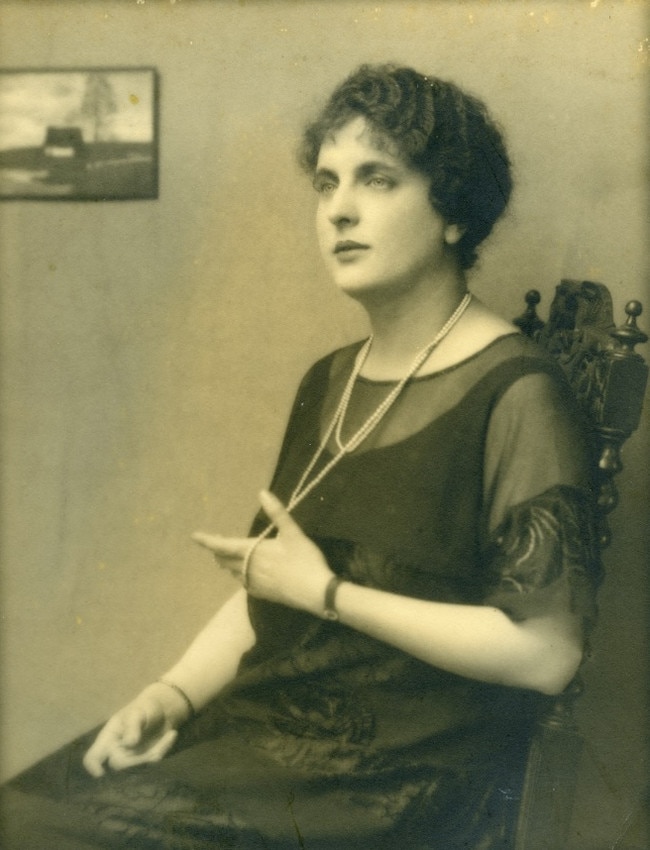
“In 1925 she married Dr George Thalben-Ball who insisted that she give up painting,” says Jane Watters, director of the S.H. Ervin Gallery in The Rocks which is administering the new Evelyn Chapman Art Award.
“She retired from painting, however she espoused art education and practice, particularly in her daughter.”
That daughter, Pamela Thalben-Ball, went on to have a painting career of her own. She was hung in the Archibald Prize, and in the Portia Geach Memorial Award which recognises female portrait painters. Coincidentally, Kate Stevens won the 2011 Portia Geach.
If she were alive today, Evelyn Chapman would certainly have a lot to talk about with Stevens.
Chapman was born on October 25, 1888, in Cary St, Marrickville, the only child of Grace and Thomas Francis Chapman.
In about 1906 Chapman enrolled for four years in the Sydney atelier of the flamboyant Italian-born teacher Antonio Dattilo Rubbo.
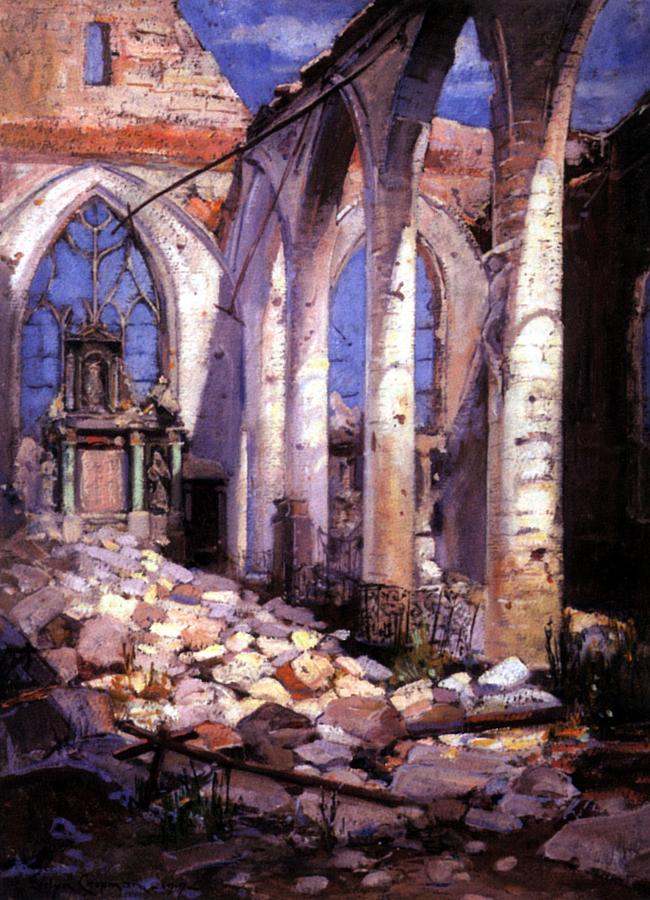
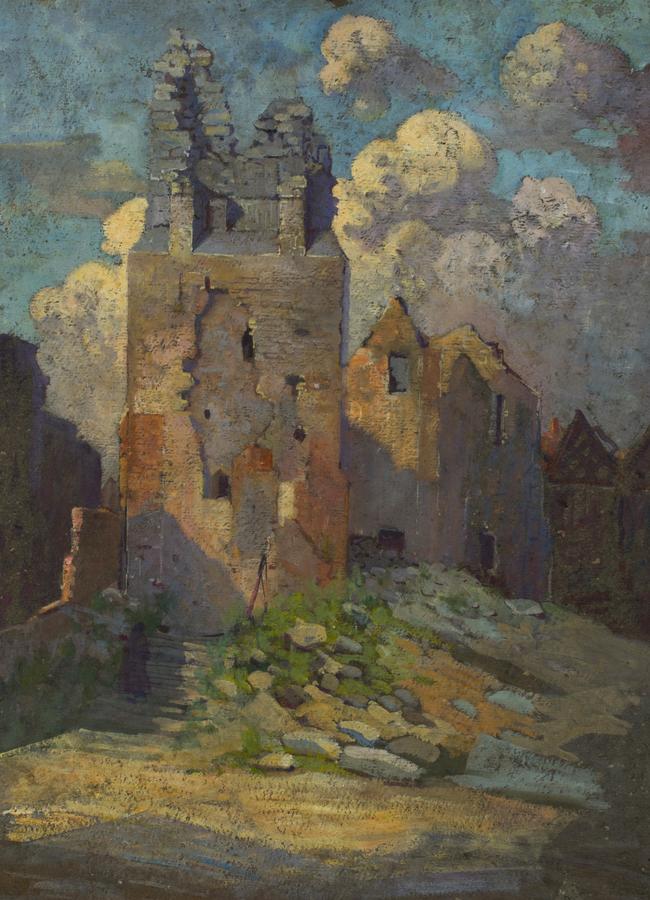
Chapman showed enormous promise. In 1909 she won first prize in the Royal Art Society’s student drawing competition. And in 1911 she painted a portrait of Rubbo, a picture that was later bought by the Art Gallery of NSW.
Later that year the young artist travelled to Europe with her parents where she studied at the famous Academie Julian. In 1914 she returned briefly to Sydney where she sold another painting to the AGNSW.
She lived in the UK during WWI and continued to study art, and she also painted landscapes in Cornwall.
She mainly painted portraits and figure subjects “which were praised by contemporaries for their harmonious colour sense”, according to Heritage: The National Women’s Art Book, edited by Joan Kerr and published in 1995.
Chapman’s father was attached to the New Zealand War Graves Commission, and immediately after war’s end he was detailed to reclaim and re-bury the remains of New Zealand soldiers who had died in Villers-Bretonneux.
At this time, accompanying her father, the artist painted the effects of war on the built environment.
“Evelyn Chapman recorded ruins left behind in devastated France,” Heritage says. “Chapman particularly observed the rubble and hollow remains of ruined churches; she showed these spiritual monuments as having been ravished, left empty and abandoned.
“Chapman’s images echo the task of her father; they too provide a durable account of the casualties of war.”
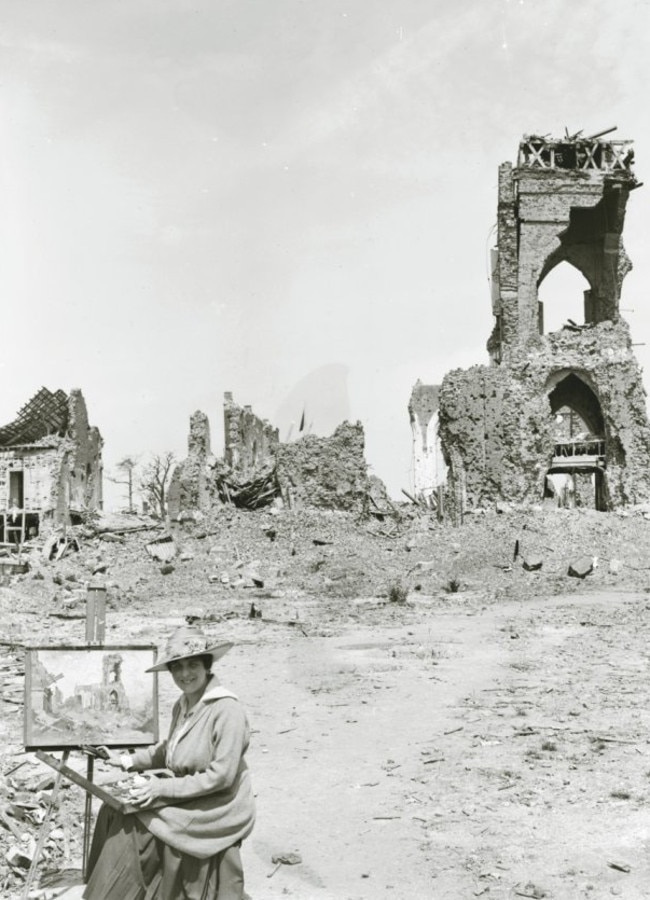
Chapman’s daughter Pamela Thalben-Ball left her archive to the AGNSW after her death while living in Avalon Beach, Sydney, in 2012.
Steven Miller is in charge of the gallery’s archive, and he believes the artist’s documents indicate that she came from a fairly wealthy family.
Indeed, one of the documents in the files is a reference from Andrew Fisher, the former Australian prime minister.
“The bearer of this letter is Mr Francis Chapman of Sydney, Australia,” Fisher wrote in his capacity as Australian High Commissioner to Britain in 1919. “He is travelling with his daughter who is an Australian artist of repute. Her mother is also one of the party. I shall be pleased if they are shown consideration during their stay in France. Any kindness shown them will give me personal pleasure.”
Evelyn Chapman married the future Sir George Thalben-Ball in the church of St Peter, Kensington, in London. They had two children. Chapman, or Mrs Thalben-Ball, never painted again.
Her husband was a well-known organist and composer. In fact, his Elegy was played during the funeral service for Diana, Princess of Wales.
Evelyn Chapman lived in the UK after her marriage, but visited Australia in 1960. She died after returning to the UK in 1961.
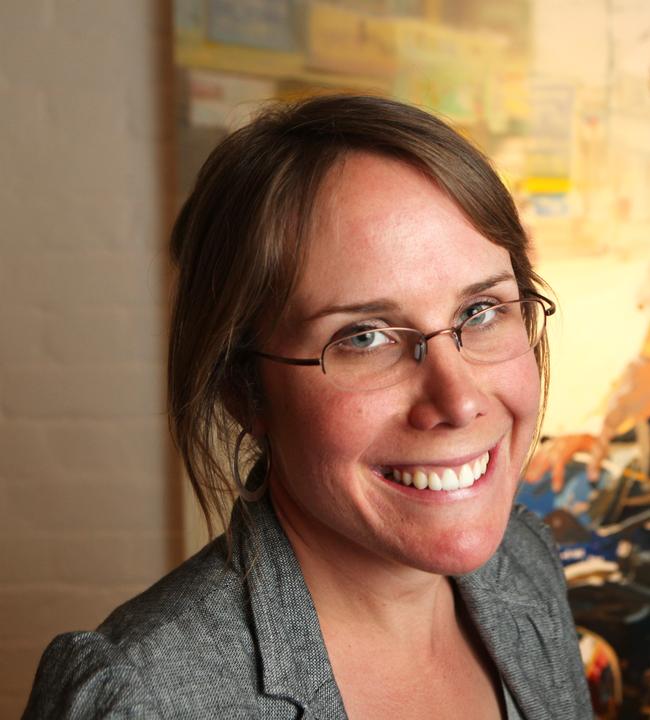
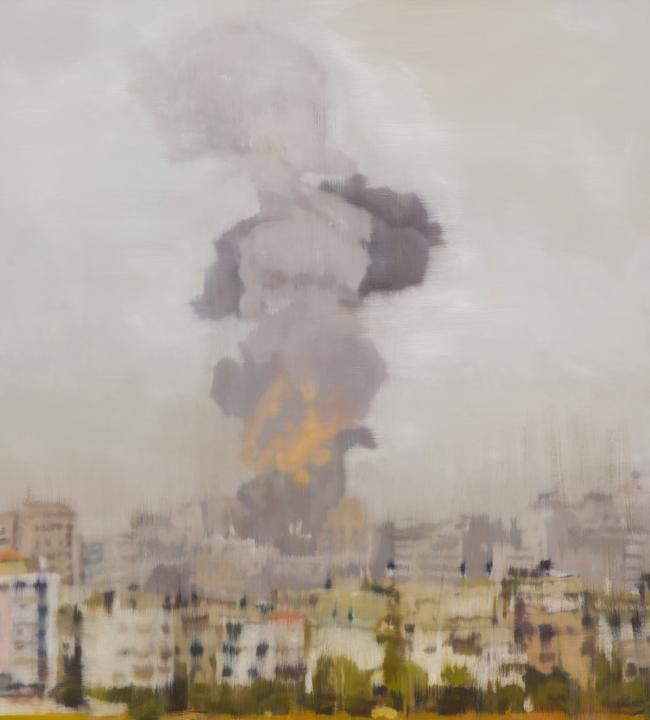
Pamela Thalben-Ball’s archive includes many doting letters from her mother, including one where she urges Pamela never to invest her money on casual advice, only to marry after thoroughly appraising the intending husband’s family, and never to send her children to boarding school too young.
Kate Stevens, winner of the first Chapman prize, says she was inspired to enter when she saw a photograph of Chapman “sitting at her easel painting the ruins of the Western Front”.
Stevens says Chapman was “a pioneer for women interested in the subject of war, not afforded the opportunity we have today to combine painting and motherhood.”

